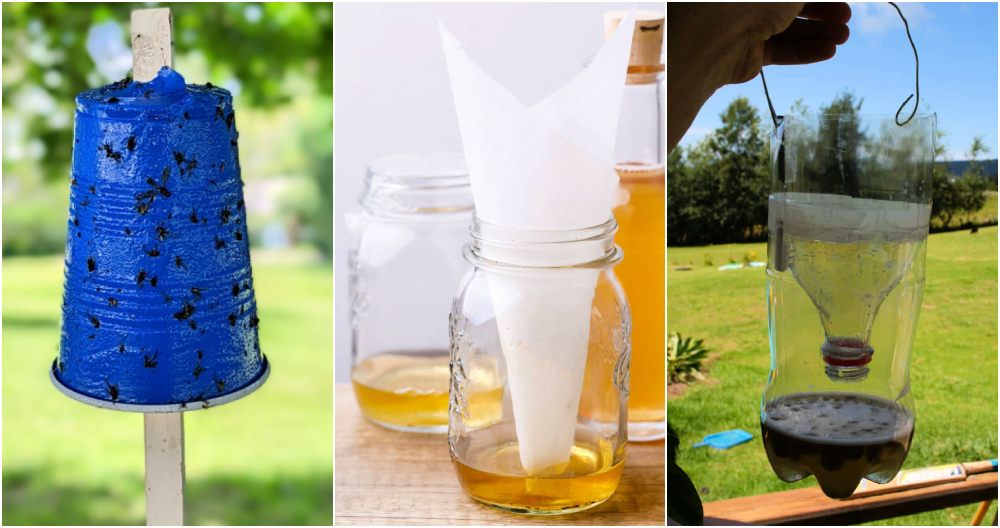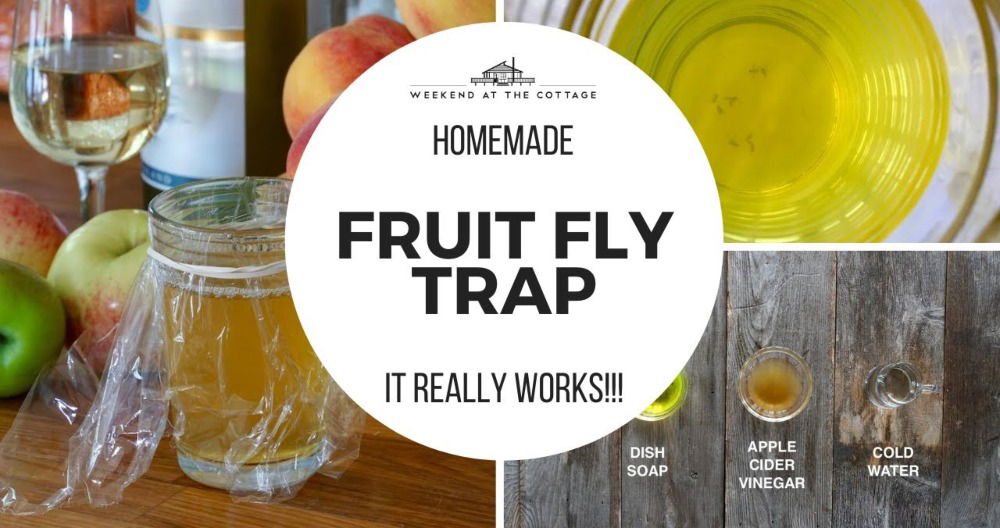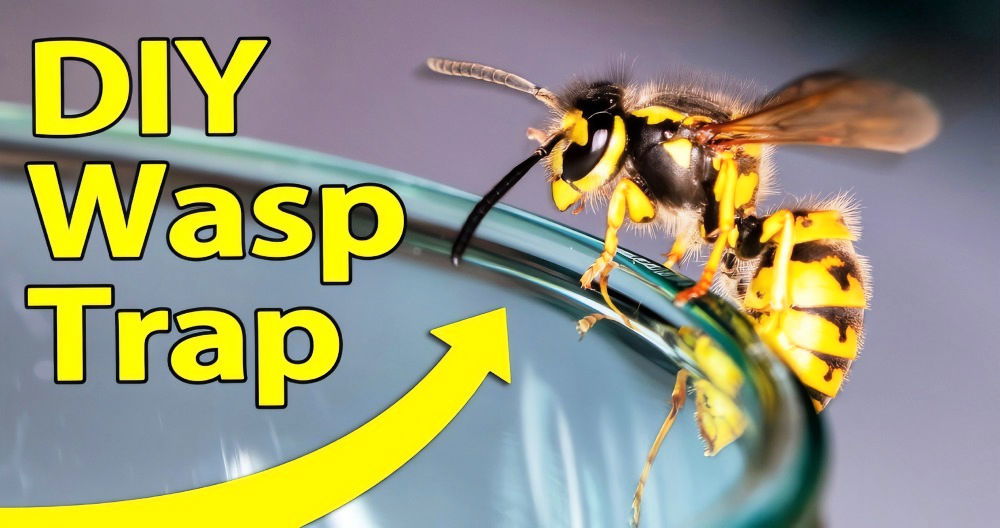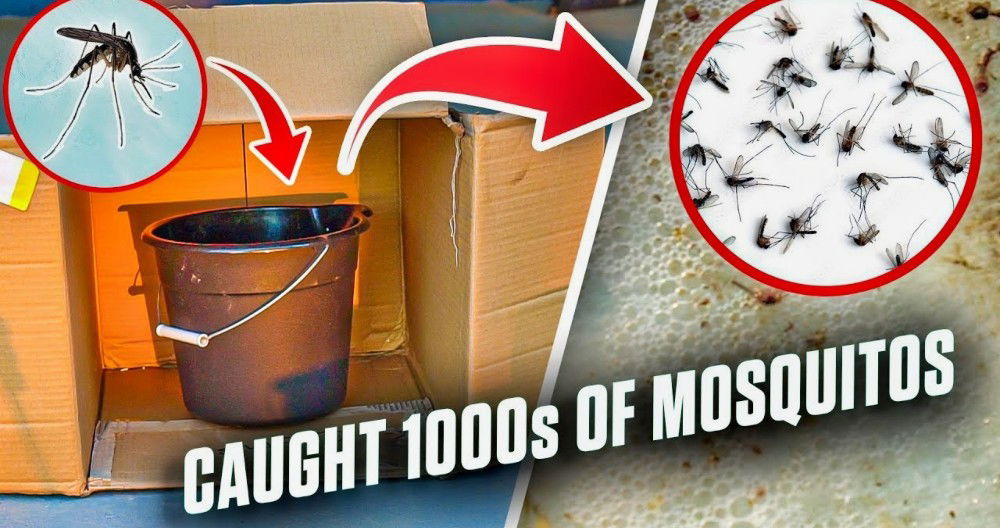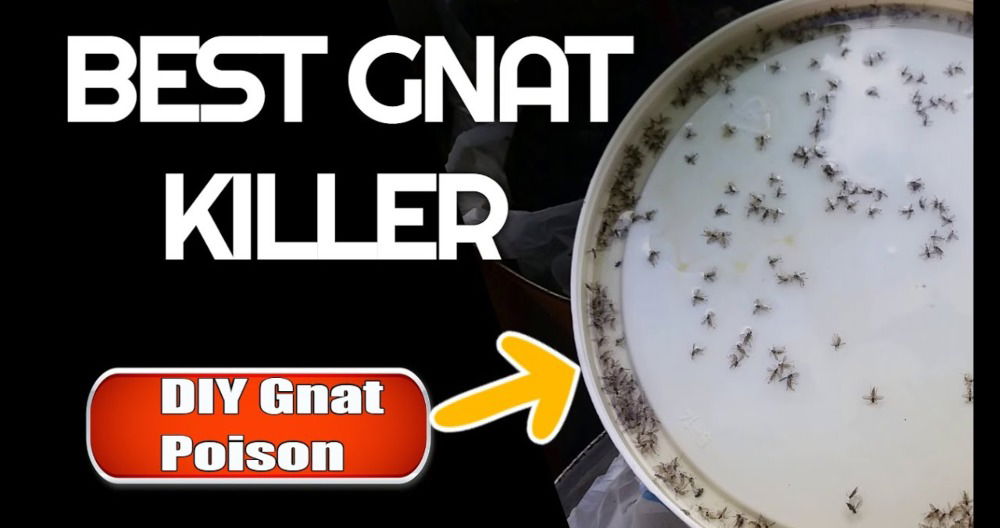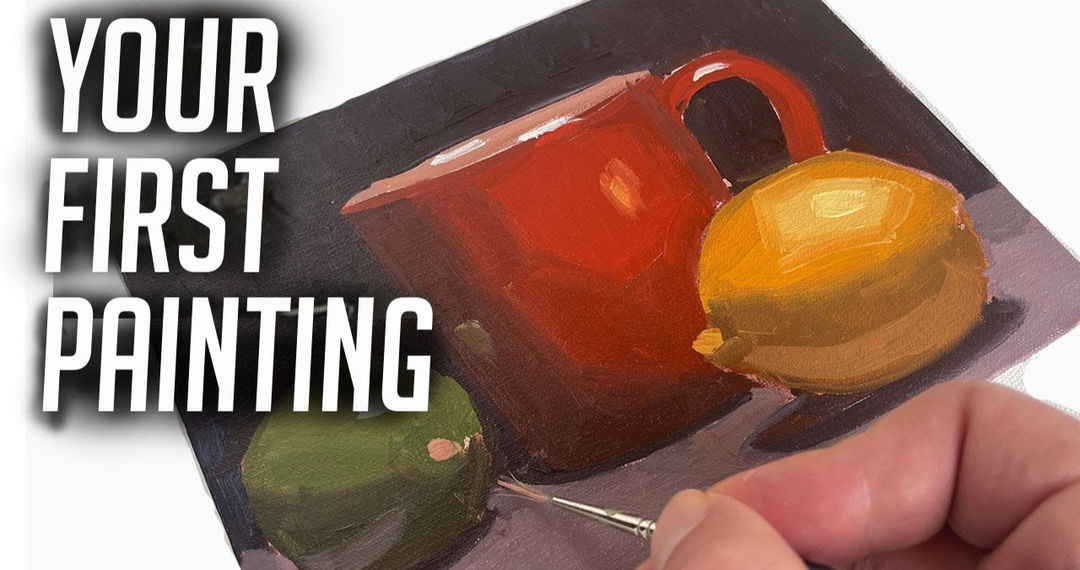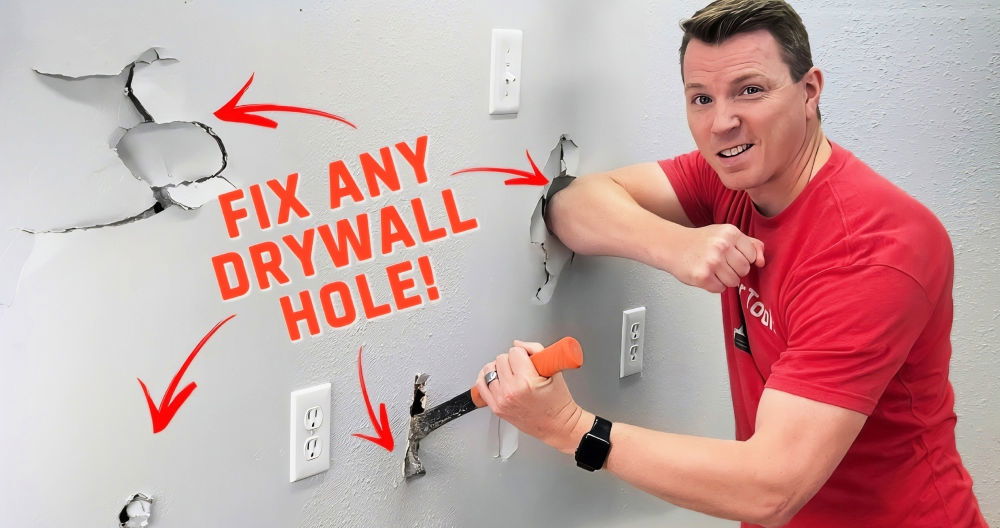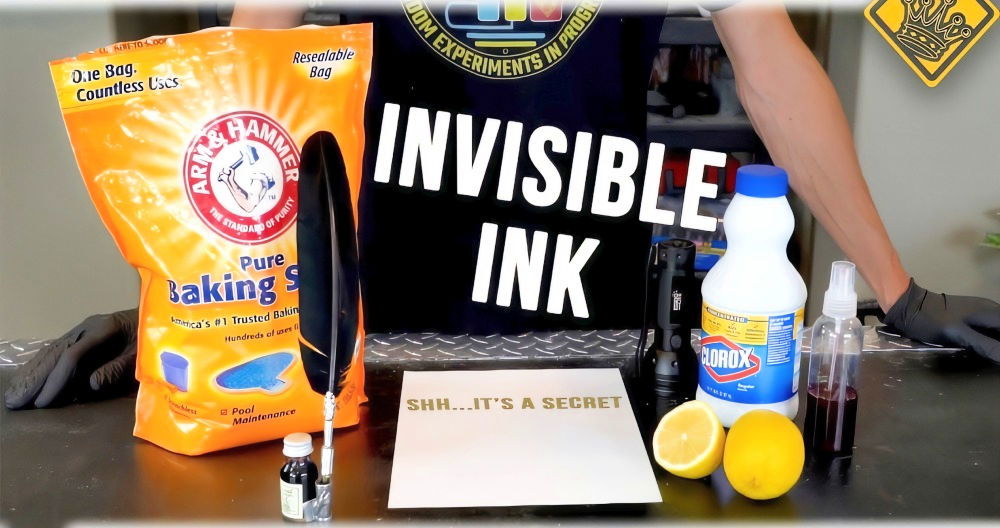Making a homemade fly trap is a simple and effective way to control flies. You don't need special equipment; common household items will do the trick. These DIY fly traps are budget-friendly and environmentally friendly. This guide will show you how to make a fly trap with easy-to-follow steps using materials you already have. It's a great solution for keeping your home free of flies.
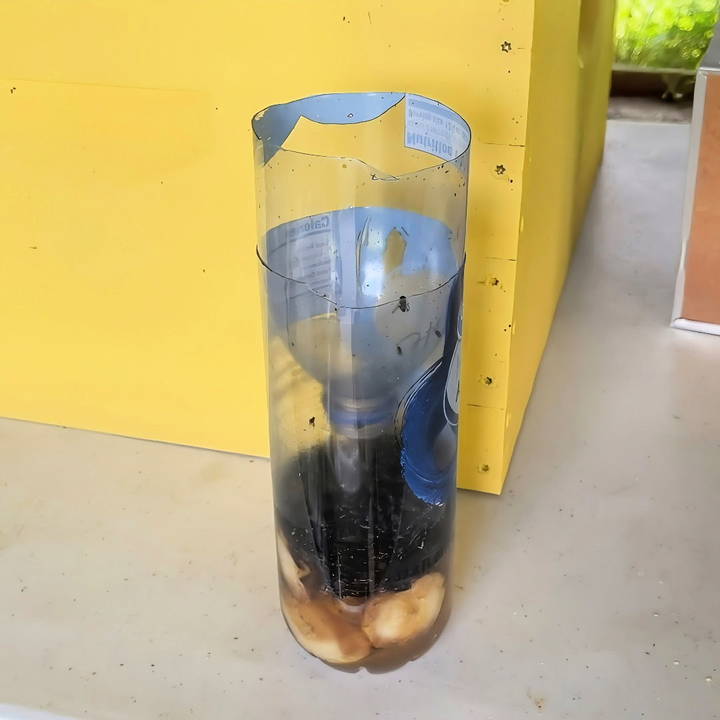
Ready to get started? Explore the next section for detailed instructions on putting together your own fly trap.
Materials You'll Need
Before diving in, you'll need to gather a few materials. Each one plays a crucial role in making an effective fly trap:
- Plastic Bottle: You can use any type of bottle, like a water bottle or even a larger two-liter bottle. I prefer using a thicker plastic bottle, such as one from alkaline water, because it's sturdier.
- Utility Knife or Sharp Scissors: You'll need this to cut the bottle. Just be extra careful.
- Rotting Fruit: Flies are attracted to decaying things. Rotting fruit works perfectly.
- Apple Cider Vinegar: This not only attracts flies but also helps to kill them.
Step by Step Instructions
Make an effective homemade fly trap with our step-by-step guide. Learn how to prepare, bait, and place your trap using apple cider vinegar.
Step 1: Preparing the Bottle
- Select Your Bottle: Choose your bottle based on availability. I found that a one-liter alkaline water bottle works best because of its more durable plastic.
- Cut the Bottle: About one to two inches down from the shoulder of the bottle, cut all the way around. A utility knife works great for this, but if you don't have one, a sharp pair of scissors will do. Tip: Be very careful during this step. Once the blade gets going, it can travel quickly.
- Flip the Top: Once you've cut it, take the top part of the bottle and flip it upside down. This will act like a funnel when placed inside the bottom half of the bottle.
Step 2: Baiting the Trap
- Gather Rotting Fruit: Check your compost bin or any fruit that's gone bad. I used apples, but an old banana works just fine too. The smellier, the better!
- Cut the Fruit: Cut the rotting fruit into chunks. This is going to be the main bait to attract the flies. Note: Yes, it will stink, but remember, this smell is enticing to flies.
- Add the Fruit to the Bottle: Drop the chunks of fruit into the bottom part of the bottle. Make sure some pieces stick out a bit; this makes it easier for the flies to find their way in.
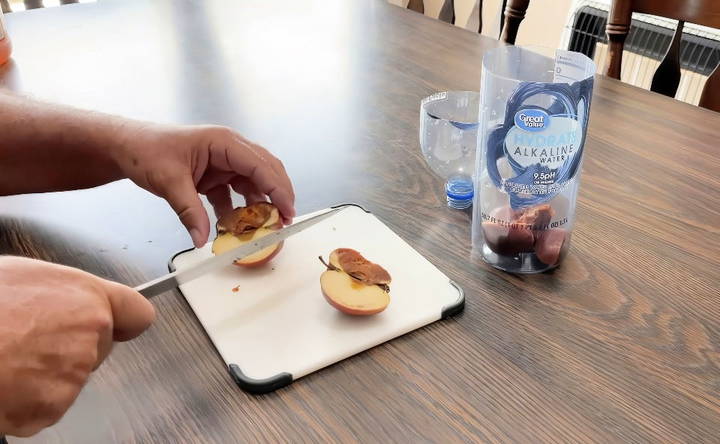
Step 3: Adding the Apple Cider Vinegar
- Pour the Vinegar: Pour a small amount of apple cider vinegar into the bottle. The vinegar will enhance the attractiveness of the bait and help to kill the trapped flies.
- Assembly: Now, take the top half of the bottle and place it upside down inside the bottom half. The funnel shape prevents the flies from escaping once they are inside.
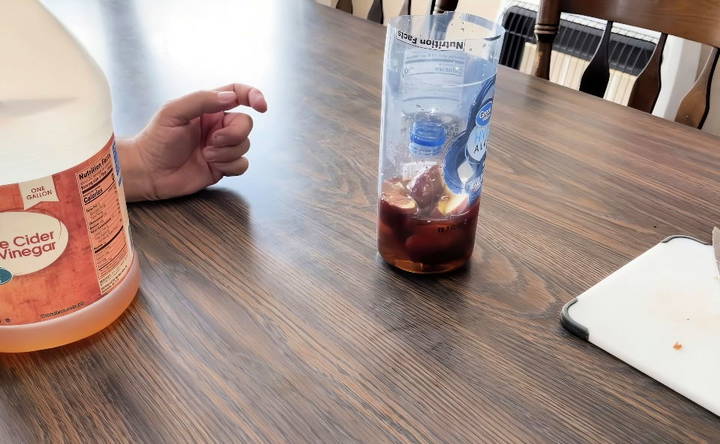
Step 4: Placing Your Trap
- Find a Good Spot: Place your trap where you have the most problem with flies. This could be near your trash can, compost bin, or outside near your door.
- Check Regularly: You might want to check your trap every day or so to see how well it's working and to dispose of any dead flies.
Why This Works
The design of this trap is genius in its simplicity. The rotting fruit attracts the flies, while the apple cider vinegar kills them. The funnel shape made by the upside-down top part of the bottle acts as a one-way entrance for flies. They can get in, but they can't figure out how to get out.
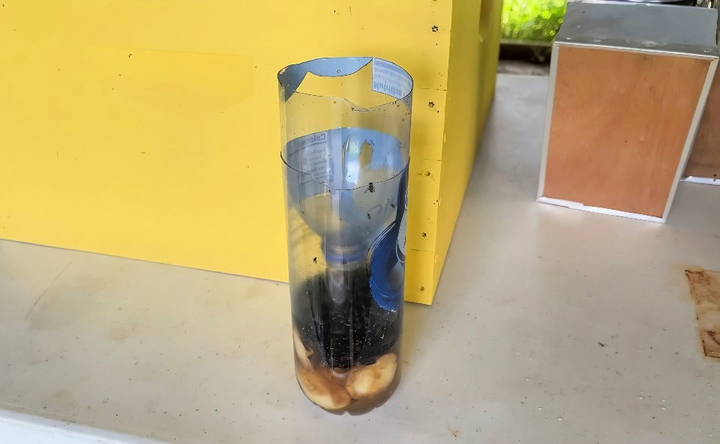
Enhancing Effectiveness
For even more fly-trapping power, consider these additions:
- Commercial Fly Traps: I also bought some sticky fly traps from the local hardware store and hung them near my bottle traps. This gave me double the trapping power.
- Natural Predators: If you're dealing with an outdoor problem, consider welcoming natural predators like spiders. I have an awesome banana spider orb weaver near my porch who's helping me out.
Customization Tips for Your Homemade Fly Trap
Making a homemade fly trap is not only about catching those pesky flies; it's also about making a trap that fits your home and lifestyle. Here are some tips to customize your fly trap to make it both effective and aesthetically pleasing:
- Choose Your Container: Any container can be a fly trap. Consider using a jar, bottle, or even a milk carton. Pick one that blends with your decor or is easy to hide.
- Select Your Bait: Flies love sweet and smelly things. You can use overripe fruit, vinegar, wine, or even meat scraps. Experiment with different baits to see what works best in your area.
- Decorate Your Trap: If you don't like the look of your trap, decorate it! Use paint, stickers, or wrapping paper to make it look like a part of your home.
- Placement Is Key: Place your trap where flies are most problematic. This could be near garbage areas, windows, or fruit bowls. Move it around until you find the perfect spot.
- Safety First: If you have pets or children, make sure your trap is out of reach. You don't want them to knock it over or get into the bait.
- Easy Disposal: Design your trap so it's easy to dispose of the contents. A wide mouth container can be emptied and cleaned regularly.
- Go Green: Use recyclable materials and non-toxic baits to keep your trap environmentally friendly.
The best fly trap is one that works for you. Don't be afraid to try new things and adjust your trap as needed.
Troubleshooting Common Issues with Homemade Fly Traps
When it comes to homemade fly traps, a few common issues might arise. Here's how to troubleshoot them effectively:
- Bait Isn't Attracting Flies: If flies aren't flocking to your trap, it might be time to switch up the bait. Flies are attracted to strong odors, so try using overripe fruit, fermented liquids like apple cider vinegar, or even a bit of fish to draw them in.
- Flies Escaping: Ensure the entry point is small enough that flies can't easily find their way out. A funnel-shaped entrance works well. Once inside, they should be unable to escape if the trap is designed correctly.
- Trap Dries Out Quickly: If your liquid bait evaporates too fast, especially in hot weather, add a few drops of dish soap to break the surface tension and prevent evaporation. Alternatively, place your trap in a cooler, shaded area.
- Unpleasant Odor: While the smell of the bait attracts flies, it can be unpleasant for humans. To minimize the odor, place the trap away from high-traffic areas and ensure it's sealed properly.
- Attracting the Wrong Insects: If your trap is catching more than just flies, consider changing the bait to something specifically appealing to flies, like sugar water or ripe banana.
- Mold Growth: If you notice mold in your trap, clean it out and replace the bait more frequently. Using a preservative like vinegar can also help prevent mold.
- Safety Concerns: Keep your fly trap out of reach of children and pets to avoid any accidents. If using glass containers, ensure they're placed securely where they can't be knocked over.
By addressing these common issues, your homemade fly trap will be more effective and less of a hassle. The key to a successful fly trap is experimentation and patience. Keep tweaking until you find the perfect setup for your space.
FAQs About Homemade Fly Trap
Discover answers to FAQs about homemade fly traps, efficient tips, ingredients, and methods to keep your home fly-free naturally.
Place your fly trap in areas where flies are most active. This could be near garbage cans, compost bins, or fruit bowls. Ensure the trap is out of reach of children and pets.
You should replace the mixture once it becomes full of flies or every few days to maintain its effectiveness. If you're using a jar, you can simply rinse it out and prepare a new bait mixture.
Yes, you can make a fly trap using other attractants like rotting fruit or wine. For example, placing overripe fruit in a container or leaving a small amount of wine with dish soap can also lure and trap flies.
To increase the effectiveness of your fly trap, consider these tips:
Add more sugar: This makes the bait sweeter and more attractive to flies.
Use overripe fruit: Flies are drawn to the scent of fermenting fruit.
Place in direct sunlight: The warmth can help amplify the scent of the bait.
Regularly clean the trap: This prevents the scent of dead flies from deterring new ones.
While homemade fly traps are generally safe, there are a few precautions to take:
Keep out of reach of children and pets: The contents can be harmful if ingested.
Avoid using toxic substances: Stick to household items like vinegar and dish soap.
Be mindful of allergies: If using fruits, ensure no one in the household is allergic.
Final Thoughts
Making a homemade fly trap is easy, inexpensive, and extremely effective. It doesn't catch every single fly, but it significantly reduces the number of flies in my environment.
So, give it a try! Collect a sturdy bottle, some rotting fruit, and a splash of apple cider vinegar, and you'll be well on your way to a fly-free home. Trust me, the effort is totally worth it.


